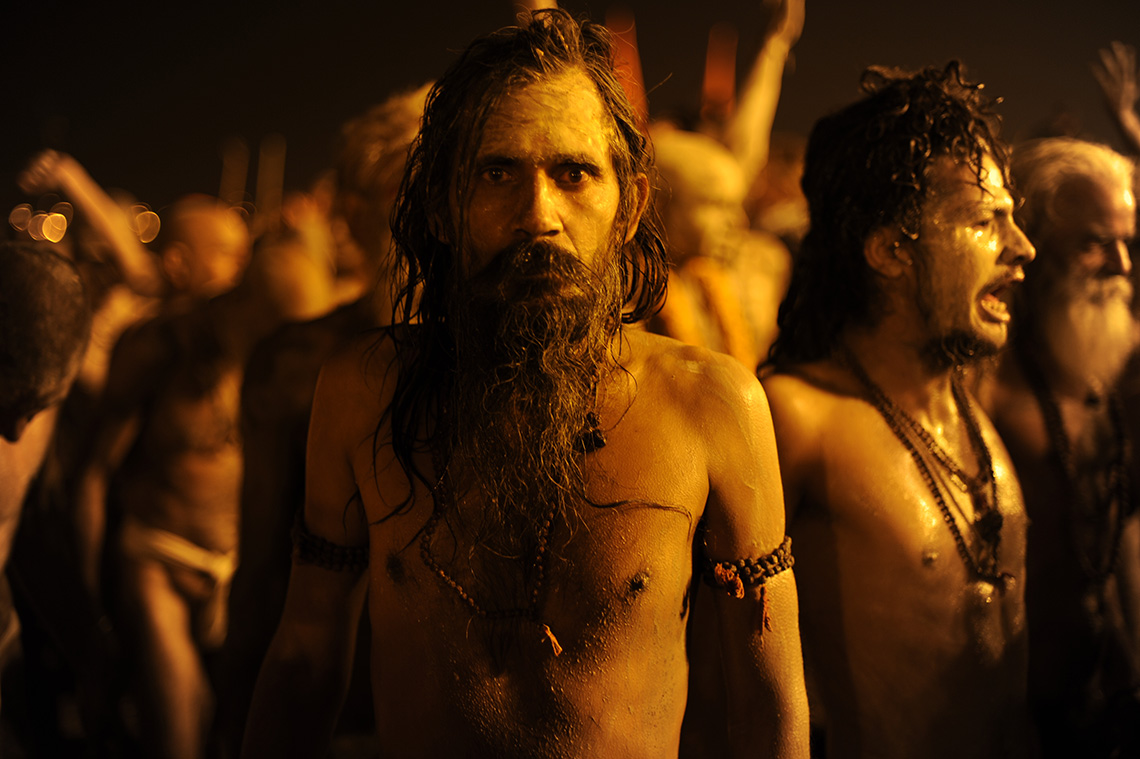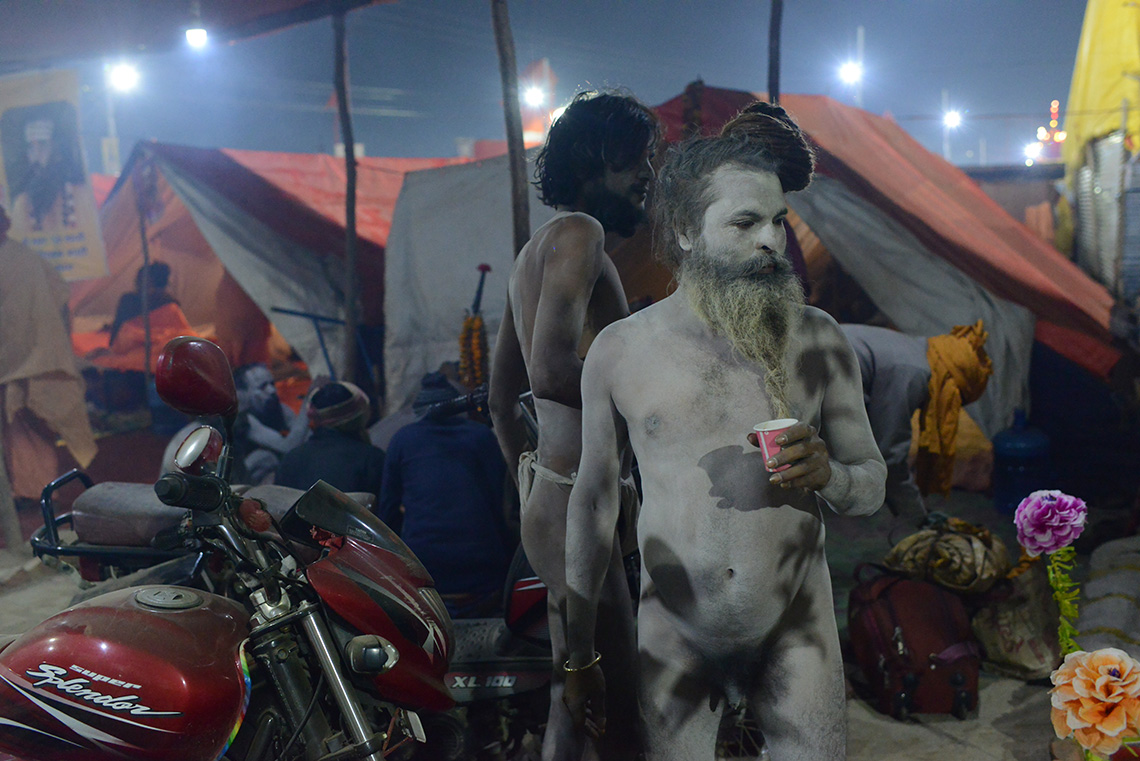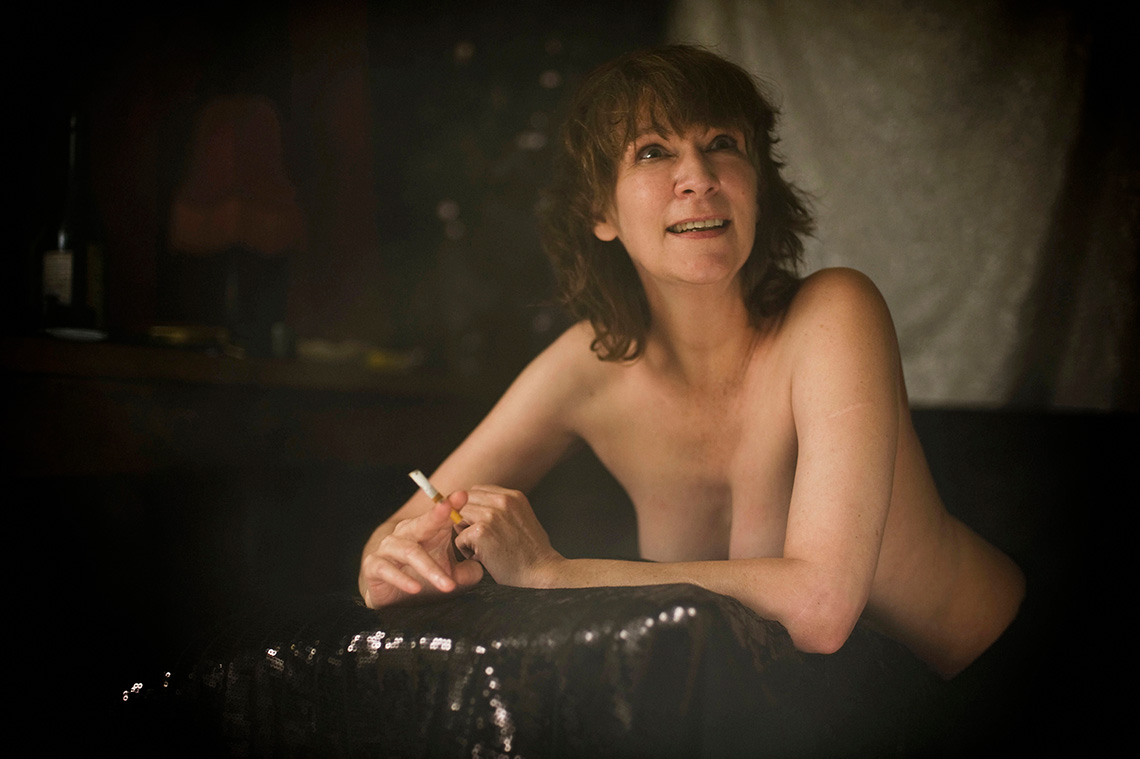
The Yak interviews photographer and image maven Stephanie Cornfield – the eye and the art behind IG @Nomadic_Mirrors and an upcoming exhibition in Berlin. Reaching out via mutual friends Stephanie has been chatting to The Yak since beginning of May, we thought we’d share:
How did we first meet and what’s up now?
We first met in Bali, you came to see my exhibition. Recently on chatting you decided on the spot to interview me for your online magazine, we’ve had quite an adventure with your magazine in Cannes so far…
Tell us a bit about Stephanie Cornfield…
I come from Paris, I’m French with mixed origins. On my Dad’s side it’s Greek/ Russian/Romanian and on my Mum’s side it’s French/Italian. Cinema is in my DNA I guess, since my father Hubert Cornfield was a film director. My grandfather was the head of 20th Century Fox for Europe and the Middle East and my great-grandfather was one of the pioneers in cinema in central Europe. I had a very close bond with my uncle Bernie Cornfeld, a flamboyant businessman with whom I reconnected thanks to our friend in common, Skye.

Stephanie Cornfield, in LA, photo courtesy: Marco Pancrazi
How and where do you currently live and work?
I’m based in Mumbai but I work internationally from Paris to Mumbai, Roma, Bali, LA, Shanghai and so on.
Where are you right now?
I’m in Paris right now heading to Venice to cover the Mostra on August 29th, then Berlin on September 9th for my exhibition, as the opening is on September 11th. Super exciting!
And where have you just come from?
I was just in Berlin to take care of the prints prior to the exhibition. Before that I was in Cannes covering the festival for the LA Times. I’ve been doing that for them for more than a decade; in June I was in Rome to cover a French film festival called Rendez Vous and before that I was in Paris quarantining as I had just got back from India, I think we spoke around this date. When I was in India, I shot my documentary photography in Benares, Allahabad and Haridwar. I contracted Covid here, thankfully I was lucky, and was asymptomatic, although I did get stuck 11 days in some hotel room, and it was not five stars!
I then got some work for the French embassy in New Delhi entailing cinema, it was slightly before the pandemic hit Delhi very badly, I then returned to Bombay. My last days were scary, I hardly went out of my house. Hospitals were full, no oxygen available, I asked my doctor if she thought I was immune? She was so sweet and had helped me so much during my own Covid days, she said “…no, not you’re not protected against the new variant”. I decided on the spot to fly back to Europe. I knew it was a matter of life and death and it was getting more and more difficult to fly out. Funnily enough, the previous year 2020, I also took the last government flight to escape the original pandemic in India, there was the first very severe lockdown, people were so scared of this invisible threat, the atmosphere was all very scary. Nevertheless, I didn’t give up on my life in India and I’m planning to come back towards the end of this year, I miss Bali too! Another second home …
Tell us a bit about Stephanie Cornfield…
Aged 7: Wanted to be a detective
Aged 20: Went to live in London where I lived on and off for 4 years, did a bit of modeling … I was a big party girl!
You now: I wanted to be a war reporter and studied political science at an American University, I took photography as elective class. Back then I had a boyfriend working for CBS news, I joined him during the Gulf War so I saw very closely what war was, and knew I was psychologically not strong enough to do it. I was more and more attracted to art and was planning to do a master in a film school in LA, then some drama happened in my life so I thought, “Okay, why not photography…I can start tomorrow”, hence I started photography by accident.
Art, it’s a medium to escape the ordinary life, to transcend life.

Birol Unel
What is Stephanie’s backstory?
I first took pictures of the underground scene, had monthly articles in magazines so I did Paris, London and New York nightlife. Natural progression, I became a rock star photographer, worked for four years as staff photographer for a famous French rock magazine called Best, even had a special encounter with Iggy Pop. Then I came back to cinema, my original love.
I’m a portrait photographer working in the movie industry. I primarily do private sittings but also work on set. Generally I’m hired to do what they called ‘Specials’, working free style where I have a total creative freedom. I’m also doing, and have been doing documentary photography in India for a few years now.
Whilst I also have a continuous collaboration with the Los Angeles Times, my photographs have also appeared in International publications such as The Guardian, The Bund, Premiere USA, Le Monde, Le Soir, Le Nouvel Observateur, L Express, Elle Studio Magazine, Les Cahiers du Cinema, Telerama, Paris Match, El Pais, Vima magazine, Der Tagesspiegel.
I have exhibited my work in Bali, Dubai, with major exhibitions in Sion (Switzerland) for the show “Nomadic Mirrors ” supported by the Fellini Foundation Sion and in Bombay ” Vagabond Souls” supported by Percept Art.
Photographing international film stars, you get very up close and personal – chat to a us a bit about that…
Stephanie does not answer this question, so we guess that’s her version of “no comment”…

What are you currently excited about…I heard an exhibition in Berlin is on the cards?
Yes, it’s called … BEYOND THE IMAGINARY LINE
Can you share more of the back-story about the exhibition and your experience in India?
Take a walk on the wild side, understand and feel the transit sounds, transcribe the feel in immortal images, give it an eternal feel. Taking night walks in the sadhus camps, on the ghats , live the burning ghat experience right up to to the edge of it. Transcend the experience and develop cinematic and dreamy images.
A central image I took at a funeral in Varanasi that could be controversial as some people will not understand why you would take the deceased person in picture and they’d see it as disrespectful. I took it as the whole image conveying a peaceful feeling, death is part of our lives. Life is an initiation to death and death in the Hindu religion is perceived as the liberation of the soul. Where life meets death. At this ghat, death is celebrated, a peaceful, unusual ritual of happiness with deep chanting. Remorseful chants to lead the loved one to the gates of heaven.

If one dies in Varanasi, one gets the moksha, samsara and eternal peace. Freedom from life and death.
There is a free feeling to the sadhus, they devote their lives to God and are free of this life of servitude, focusing themselves to their inner world not the outer world. Artists live close to this life too. Then you think of all the musicians and artist in the 60s who made pilgrimages to India, at that time people would get high on mescaline. Now the Babas, the sadhus smoke the chillum. It was transcendental.
The artist has also the responsibility to take the risk to ‘act’, to go beyond, to deliver a free ‘art speech’ so to say.

To be able to take the first image, the last Maha Kumbh, was quite epic. I knew Modi was allowing the main mela to happen where millions of devotees across all Indian states would gather in Haridwar, so my plan was to come beforehand for the Shivaratri, where only sadhus and people from Uttarakhand state were allowed, so I was not supposed to take pictures being a foreign photographer and a woman…But I managed a way after meeting the chief of the police through friend of friend’s connections. I then met the Vice President of an Akhara (religious group) and that was crucial. He allowed me to be part of the procession with them, but on one condition, I should be dressed like a sadhu, so I bought an orange Kurta, orange leggings, a mask, a total orange look! It was like taking pictures undercover and all of that was very exciting. It was a high energy shoot, pure adrenaline, some naga sadhu were complaining that I was wearing shoes so I removed them and walked in socks all the way to the Ganges, as a result I got a flu then my immune system was down and I got Covid…
Back to my exhibition: I’m planning to make my exhibition interactive and am creating a special soundtrack made with real Indian sounds to immerse viewers right into the experience.

What cameras do you use and why?
I use a Nikon camera, I’ve always used Nikon. My Dad offered me my first Nikon, it was a Nikkormat, very heavy – totally loved it. I also have a panoramic camera called Noblex 50. Always thought Nikon would be sharper and I prefer the tones, it’s also a question of habit. To be fast is a number one priority so in that regard I liked to stay with Nikon as I know the equipment by heart, although I should definitely explore more in the future.
What or who is on your bucket list to shoot?
I’m going to pursue my Indian documentary work as I’m planning to make the exhibition travel and grow… Next Sunday as I said, I’m going to Venice to cover the Mostra, then fly to Berlin on September 9th as my opening is on the 11th. My plan is that I don’t have a plan, and if I do have one sometimes it’s better to keep it private.
Your worst moment when shooting ‘portrait’ was…?
It was the worst because this photo session cost me however it was also one of my best… I try not to display negativity, so I’ll keep it off-record.

Amanda Plummer
AMANDA PLUMMER
“Stephanie Cornfield is a magnificent huntress with camera, seeking that unexpected moment. It was an alive, a voraciously alive experience. I love her passion and her agility to find that one moment where a soul sings out to her.” Amanda Plummer
Amanda Plummer is famous for her scene in Pulp Fiction with Tim Roth – in the cafeteria in one of the first scenes in the movie. I first met Amanda in the Hollywood Hills at a Starbucks. Then I saw her at the Venice Film Festival where I was supposed to take her picture but it didn’t happen. Then I met her again in Cannes three years later. We kept in touch, and finally on my next visit to Los Angeles arranged a photo session at her place.
I put a smoke machine in her place to make the photo look more mysterious but the big smoke alerted the neighbors. They banged on the door thinking there was a fire. The carpet was damaged and her sound system was somehow affected. I had to replace it! All in all, it was the most expensive photo session I’ve ever done. But at least the result was great. Amanda, despite the smoke, struck a pose and kept smiling and had a positive attitude. What a great human being! Love her.
The best moment when shooting ‘portrait’ was…?

Fernando Meirelles
FERNANDO MEIRELLES
Finally in Rio, where it was my long time fantasy to travel, I reconnected with a long time friend, the writer director Marcos Bernstein, I asked him who he could possibly put me in contact with, the name of Fernando Meirelles came along and it almost blew my mind. I had the opportunity to photograph the director of the amazing ‘’City of God‘’, such a masterpiece, it was like a dream come true. So when I read his first mail, where he greeted me with « impressive work ‘’, I was submerged with excitement. Then there were a couple of misunderstandings in the communication as to which day exactly it would be. He then told me, ‘’ Be prepared, I’ll be coming from a 16-hour flight, straight to the office for meetings – one after the other – until you get there. Probably I’ll be looking like a marathon runner when they cross the line.’’ So, we did in fact use the marathon man pose. Fernando then had the courtesy to point out a few places as I was location scouting, I finally decided to shoot in his production house, as there were a lot of cinematic places all around. Fernando was all smiles, totally relaxed, the contact was good, after my first clicks…
What encouraging advice do you have for people looking to take up photography as a profession and art form?
You are born with certain assets as a photographer, what is called having a ‘good eye’, an instinctive sense of composition, but also practice, hard work, strong will also tend to enhance the original skills. The key is practicing. Studying art is a luxury that some people cannot afford, either for the time it takes or for financial reasons. I’m an autodidact, I believe in self learning, you can take few classes and start from there. Being an assistant can also be good if you start at a young age.
Thanks for your time Stephanie – Sadly we do not see ourselves getting to your Berlin exhibition but one of these days we’ll meet again!!
Exhibition web: www.galerie-z22.com
IG: @nomadic_mirrors
